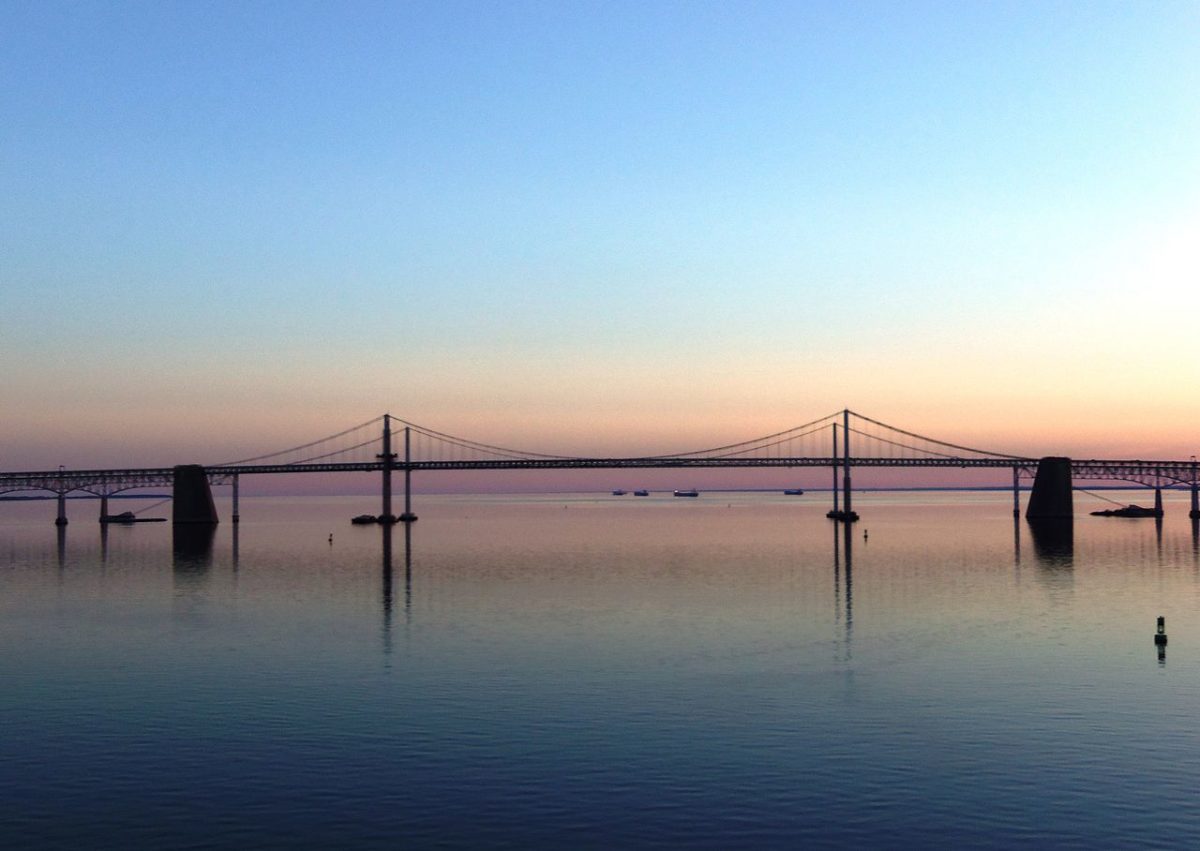There’s a new tool to fight pollution in the Chesapeake Bay: data.
A pair of Bay-focused conservation orgs announced completion of a dataset that provides a better look at the landscape in the six-state watershed that includes Maryland.
With the high-resolution view, the Chesapeake Bay High-resolution Land Cover Project can help conservationists better understand where pollution is coming from, say backers from a regional partnership group called the Chesapeake Bay Program and Annapolis-based nonprofit, the Chesapeake Conservancy.
Download the dataset
The new dataset has “900 times” more information than what is currently available, an announcement states. The data was compiled using aerial imagery from states and the USDA, as well as Lidar Elevation data. From that raw data, geospatial analysts worked for 10 months to classify “land cover” such as trees, water, buildings or roads. They also added specific details such as height, color and texture.
All this is in contrast to the data that was previously available from the federal government, which not allow analysts to pick out details like urban tree cover, narrow roads and small buildings.
The dataset has one-meter-by-one-meter resolution, and covers 100,000 square miles.
When it comes to addressing pollution, the better data will help organizations practice “precision conservation” around the Bay. The data will improve the Conservancy’s estimates of pollution indicators such as nutrient and sediment loads in the Bay. County and local governments can target specific efforts in their planning for restoration efforts, said Chesapeake Conservancy spokeswoman Jody Couser.
Chesapeake Conservancy CEO Joel Dunn compared it to an “MRI for the landscape.”
“This is a technological snapshot, the likes of which we’ve never had before, of exactly how the land is being used across the entire watershed,” said Chesapeake Bay Program Director Nick DiPasquale. “Now restoration and conservation decisions can be made that more closely and accurately reflect real-world conditions.”
The Conservancy’s Conservation Innovation Center helmed the project in a partnership with the University of Vermont and Worldview Solutions.
It’s another side of the Conservancy’s use of tech, which also includes bird cams and a 360-degree map of Baltimore’s harbor.
This dataset can help fight pollution in the Chesapeake Bay







